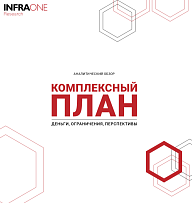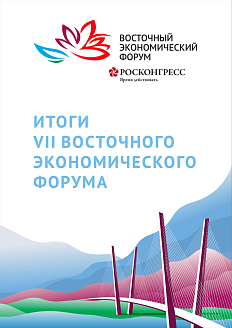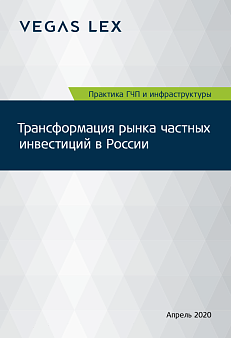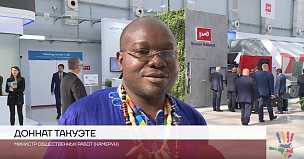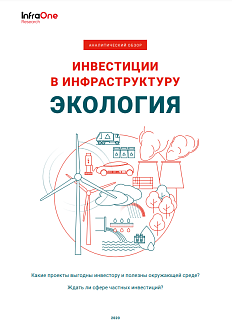The Comprehensive Plan for Upgrading and Expanding Core Infrastructure was approved by a decree of the Government of the Russian Federation on September 30, 2018. An extensive program for infrastructure construction worth 6.35 trillion rubles was launched in Russia at the beginning of 2019.
The Comprehensive Plan encompasses main objectives and projects for the next six years. In recent years, such an approach has been growing increasingly popular, with similar programme documents adopted in many developing countries, such as Mexico, Brazil, the Philippines, and Indonesia.
Part of investments made under the Comprehensive Plan will cover ordinary annual expenditures, such as road repair and subsidies to transportation companies. According to calculations by InfraONE Research, as little as 150–280 billion rubles annually will be added to the regular federal expenditures (estimated at 600 billion rubles a year) in the next three years. This sum will not make a radical difference to the market, nor will it cover the minimum extra requirements of the sector at least by half by the end of 2021. According to the Plan, the peak of investments will fall on 2022–2023 when spending on infrastructure should increase to at least 1 trillion rubles annually (including non-budgetary investments in the projects included in the Comprehensive Plan; the figure covers only capital expenditure on infrastructure).
Of the part of the Comprehensive Plan that has already been worked out in detail, new projects account for as little as 10% of the total investment volume, 60% of investment is allocated for initiatives which are still under discussion (including mega projects), and the remaining 30% will cover regular items of expenditure (such as road repair). As few as 10% of the listed projects are ready for launching. The Plan’s content masks the deficit in projects, but doesn’t solve this problem.
The current version of the Comprehensive Plan contains investment targets which may include multiple components. This approach leaves a large room for maneuver for the government.
The investments under the Plan will mostly be made through government contracts or from quasi-public sources. Experts estimate that concessions and PPPs will account for as little as 17.3% of investments under the current version of the document. This is as few as 7 to 9 projects. However, 4 to 6 of these are mega projects which are well-known on the market. Financing based on public-private partnership can cover another 25% of the Plan. The number of private projects in the document is still low. Extra-budgetary funding will mostly come in the form of investments of state monopolies under their own investment programs. All these factors can have a negative effect which will somewhat hinder the implementation of the Comprehensive Plan. This effect can be reduced but the government has as little as two and a half years to do that. If the projects currently listed in the Plan are not launched before the end of 2021, their construction is likely to stall.
InfraONE Research experts believe that the Plan can be made more practicable if the projects with the highest degree of readiness are singled out into a separate list and are launched on a priority basis before the end of 2019. This way, enough time will be left to finalize and prepare the remaining projects. At the same time, the government can increase the transparency of managing the Comprehensive Plan and gradually replace politically-driven initiatives with more economically justified projects.


